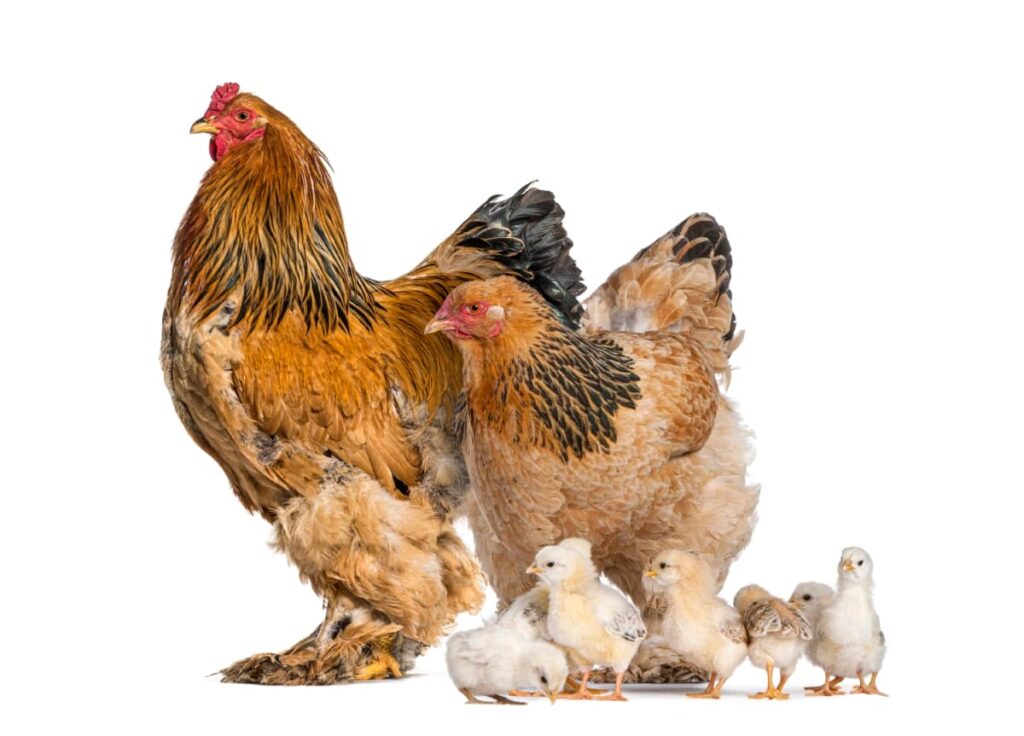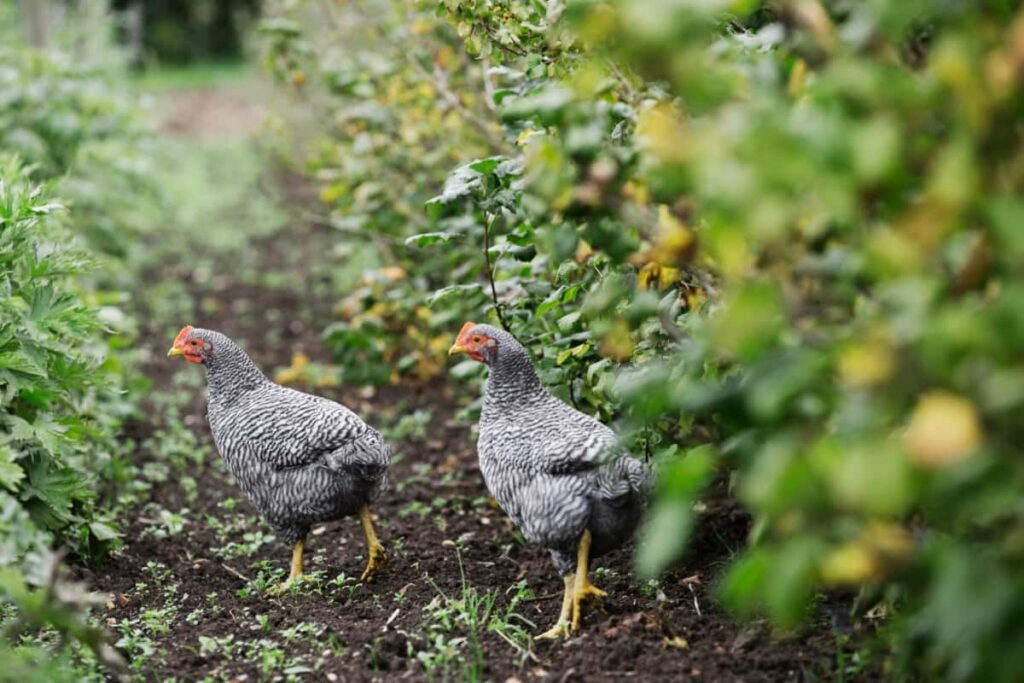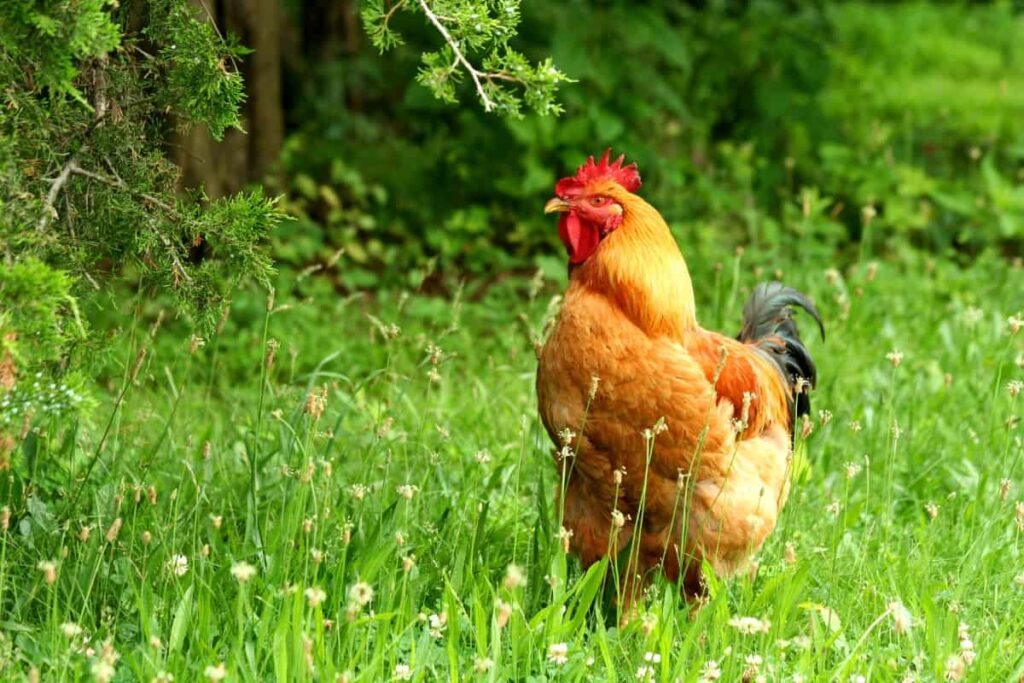Chicken farming in the Philippines is a vibrant agriculture sector that provides livelihood and sustenance to many Filipino families. With the country’s tropical climate and diverse agricultural landscapes, choosing the right chicken breeds for farming is crucial to ensure productivity and sustainability.

This guide explores the ideal chicken breeds for Philippine farms, considering factors such as climate adaptability, purpose (meat, eggs, or dual-purpose), and the unique advantages of both native and commercial breeds. Understanding these aspects can lead to a more successful and rewarding farming experience, whether you’re a seasoned farmer or a newcomer to poultry farming.
Chicken Breeds for Philippine Farms
Introduction to Chicken Farming in the Philippines
Chicken farming in the Philippines is more than just a livelihood; it’s a tradition that spans generations and is deeply ingrained in the country’s rural and even urban landscapes. The country’s climate ranges from sun-soaked valleys to rain-drenched highlands, offering a unique environment for raising a variety of chicken breeds. Breed choice can significantly impact a poultry enterprise’s success, affecting everything from the growth rate and egg production to the birds’ resilience against local diseases and environmental challenges.
Factors to Consider for Selecting Chicken Breeds
When selecting chicken breeds for Philippine farms, several critical factors come into play. The local climate’s heat and humidity require breeds that thrive in tropical conditions without compromising productivity. Disease resistance is another vital consideration, given the prevalence of avian illnesses in the region. Additionally, the intended purpose of the chicken—be it for egg production, meat, or both—will greatly influence breed selection. Farmers must also weigh feed availability and resources, as some breeds require more intensive care and nutrition than others.
Native Philippine Chicken Breeds
Among the native treasures of the Philippines are its indigenous chicken breeds, each adapted to the local environment and offering unique qualities. The Banaba chicken is known for its hardiness and ability to forage, making it a low-maintenance option for free-range farming. The Parawakan has a distinct long-legged appearance and is prized for its tasty meat, while the Bolinao chicken, often found in the Pangasinan area, is celebrated for its strong maternal instincts and resistance to common poultry diseases. These native breeds reflect the country’s rich biodiversity and offer sustainable options for small-scale and backyard farmers.
Commercial Chicken Breeds
For those focusing on high productivity and efficiency, commercial chicken breeds are often the go-to choice. The Broiler chickens, specifically bred for meat production, grow rapidly and provide a high yield within a short period. Layers are bred for their egg-laying prowess, with breeds like the Leghorn and Rhode Island Red being popular for their consistent and high-volume egg production. These commercial breeds are optimized for specific outputs but require more intensive care, controlled environments, and nutrition to reach their full potential.
Dual-Purpose Chicken Breeds
Dual-purpose chicken breeds offer the best of both worlds, providing meat and eggs, making them ideal for small-scale farms and backyard setups in the Philippines. The Plymouth Rock and Sussex chickens are favored for their substantial size, good egg-laying capacity, and adaptability to different environments.
In case you missed it: Ultimate Guide to Raising Naked Neck Chickens: Feeding, Egg-Production, Breeding, and Care

The New Hampshire Red, known for its early maturity and good meat quality, is another excellent choice for farmers looking for versatility in their poultry stock. These breeds are particularly valued for their ability to thrive under varying conditions while providing a reliable source of food and income.
Best Egg-Laying Chicken Breeds
Selecting high-yield egg-laying breeds is crucial for farms focused on maximizing egg production. The Leghorn chicken is a standout choice, known for its impressive egg-laying rate of up to 300 white eggs per year. The Rhode Island Red, another prolific layer, produces many brown eggs and is renowned for its hardiness and adaptability to hot climates.
The Australorp, with its record-breaking egg-laying capabilities, is also well-suited to the Philippine climate, providing a steady and abundant supply of eggs throughout the year. These breeds are specifically designed for egg production, combining efficiency with the resilience needed to thrive in tropical environments.
Best Meat-Producing Chicken Breeds
For those focusing on meat production, certain chicken breeds stand out for their rapid growth and substantial body weight. The Cornish Cross is a powerhouse in meat production, known for its fast growth rate and large breast meat, making it a favorite in commercial operations. The Jersey Giant, true to its name, is one of the largest chicken breeds and offers a significant amount of meat per bird, although it grows more slowly than the Cornish Cross. Another notable breed is the Freedom Ranger, which is well-regarded for its flavorful meat and suitability for pasture-based farming.
Free-Range-Friendly Chicken Breeds
For farms prioritizing free-range systems, certain breeds excel due to their foraging ability, hardiness, and adaptability to outdoor living. The Rhode Island Red is a prolific layer and robust and capable of foraging for its food, making it ideal for free-range conditions. The Plymouth Rock is another excellent choice for free-range systems, known for its docile nature and good foraging skills. The Australorp, originally bred in Australia for egg production, also thrives in free-range environments.
In case you missed it: How to Raise Delaware Chickens: A Comprehensive Guide for Beginners

Climate Adaptability of Chicken Breeds
In the diverse climates of the Philippines, some chicken breeds show remarkable adaptability, thriving in both hot and humid conditions and cooler temperatures. With its distinctive fluffy plumage, the Silkie chicken is surprisingly resilient to heat and colder climates, making it a versatile choice for many Filipino farms.
The Barred Plymouth Rock, characterized by dense plumage, demonstrates resilience across diverse temperature ranges, showcasing its robustness. The Buff Orpington, with its dense feathering, is also well-suited to various climate conditions, providing both meat and eggs. It is known for its gentle temperament, making it a favorite among backyard farmers.
Popular Chicken Breeds Among Filipino Farmers
Among Filipino farmers, certain chicken breeds have gained popularity for their adaptability, productivity, and ease of care. The Native Philippine Chicken, locally known as “Banaba” or “Darag,” is highly valued for its adaptability to the local environment, disease resistance, and flavorful meat. Broiler chickens, specifically breeds like the Cobb 500, are widely raised for efficient meat production and are a staple in commercial poultry operations.
The Leghorn, known for its exceptional egg-laying ability, is also popular among farmers focusing on egg production. It is appreciated for its adaptability to the hot climate and minimal care requirements. These breeds represent the diversity and adaptability required to thrive in the Philippine agricultural landscape, catering to various farming objectives and conditions.
Conclusion
The success of chicken farming in the Philippines hinges on selecting the right breeds that align with the local climate, farming goals, and available resources. From the sturdy and low-maintenance native breeds to the highly productive commercial varieties and the versatile dual-purpose chickens, there’s a breed to suit every need.
By carefully considering factors such as climate adaptability, purpose, and disease resistance, Filipino farmers can cultivate a poultry environment that’s not only sustainable but also profitable, ensuring a steady supply of meat and eggs for both local consumption and broader markets.
- Effective Fish Pond Construction Techniques for Beginners
- Irrigation and Water Management in Pineapple Farming
- Blossom to Harvest: Mastering Flowering and Pollination in Papaya Farming
- Pig Fattening Essentials: From Selection to Sale for Beginners
- Raising Wagyu Cattle: A Complete Guide for Premium Beef Production
- Soil Types and Their Water Holding Capacity
- Optimizing Irrigation Schedules for Coconut Groves for Enhanced Yield
- Espresso Your Garden: Coffee Grounds for Healthier Acid-Loving Plants
- The Best Soil Mix for Snake Plants: How to Mix Your Own Snake Plant Soil
